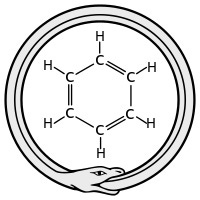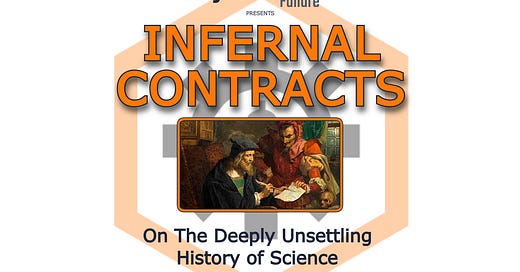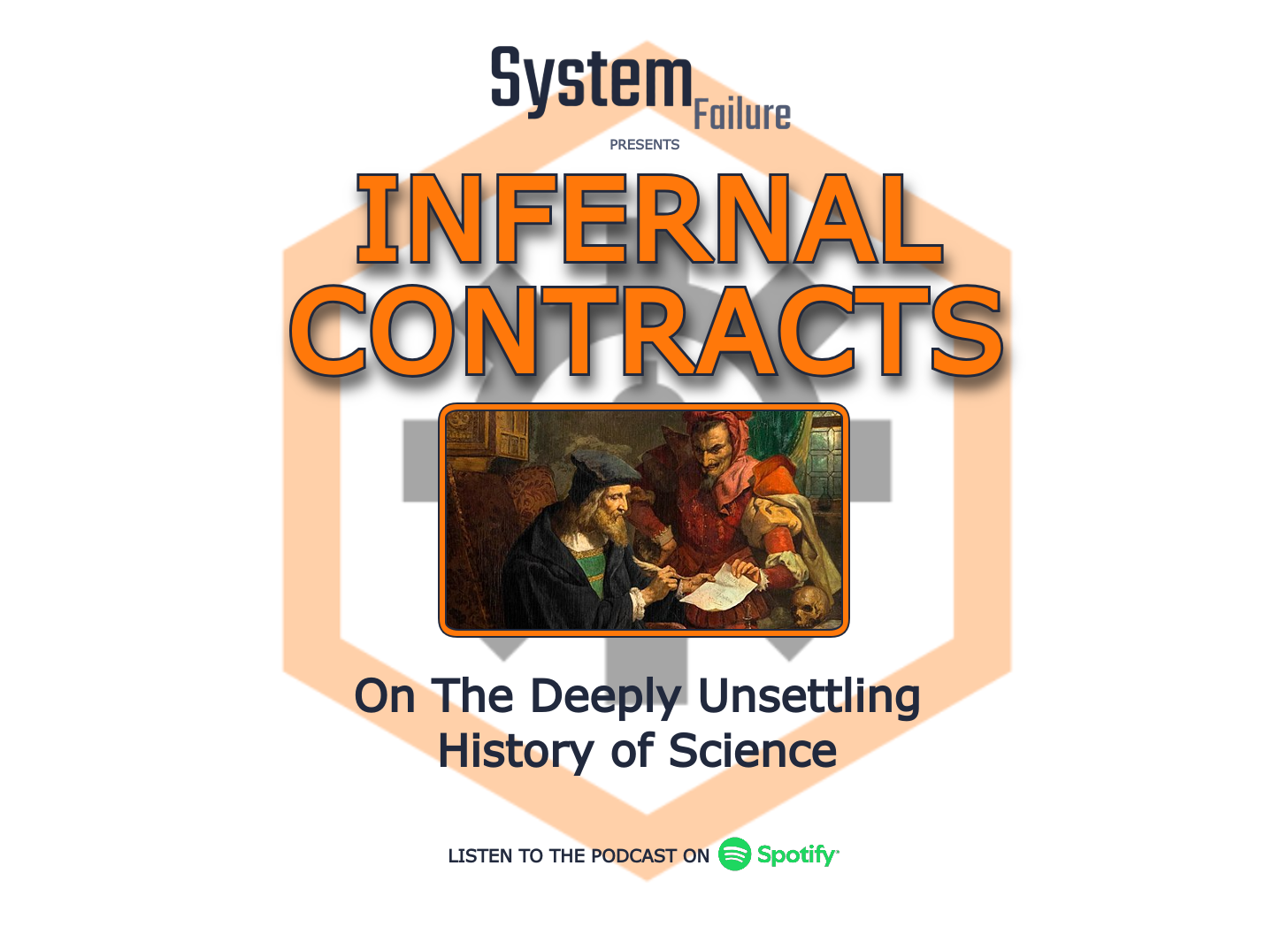Overview
Renaissance magic was heavily influenced by the rediscovery of Platonism. Plato’s main rap was that ideas have their own existence, and that our experiences are like the shadows they cast. The alchemists of the Renaissance took that notion one step further by thinking of observable reality as mutable. They considered the universe to be like a lucid dream which the dreamer is simultaneously creating and experiencing.
But, as noted in last week’s essay, power structures prefer an orthodoxy in which the human mind is a mere observer of reality because that belief makes people much easier to control. The Church affirmed that orthodoxy during the Middle Ages. Suggesting that the human mind has any part in creating the observable universe was comparing oneself to God. That was a serious crime in those; people were tortured to death for heresy.
Science affirms that orthodoxy now. We still think of ourselves as minds wandering around inside a grand creation. Though we don’t kill people who believe in magic anymore, we do laugh them out of any serious conversation as if they are crazy.
But science’s own experiments are now revealing that something is amiss with that worldview. The Placebo Effect and the Double Slit Experiment demonstrate that the mind is both observing AND creating reality at the same time after all. The colossal significance of these experiments has yet to be grappled with by scientific authority.
Furthermore, the actual history of science also hints the Plato may have been right after all; ideas do seem to have an existence all their own, independent of the thinker. Many of science’s major advances were made under bizarre circumstances. Where one might expect to find a history of careful observation and data collection, one finds instead wild stories of magical symbolism and visitations from mysterious entities. It’s all here in the following essay, wrapped up in the amusing metaphor of selling one’s soul to the devil…
Introduction
One might expect the history of science to be a triumph of rationality and sobriety, but it’s actually a carnival of strange dreams, magical visions, and infernal contracts. Some of the stories are downright otherworldly. Scientific progress seems to arrive in blinding flashes of epiphany rather than resulting from the slow, logical processes one usually associates with the sciences.
René Descartes
René Descartes is one of history’s biggest names. He invented the Cartesian coordinate system we remember from school, with its x and y axes. He’s also the cogito ergo sum guy: “I think, therefore I am."
According to his biographer, these pivotal ideas resulted from a single crazy night. On the evening of November 10, 1619, Descartes hunkered down inside a shed to escape a howling snowstorm. He had a series of strange dreams in which a divine spirit visited him and announced that “the conquest of nature is to be achieved through number and measure”.
Descartes’ Wikipedia page attributes this incident to something called “exploding head syndrome”. But one thing is for sure: he got up from this bout of madness and wasted no time laying the foundations of modern science and mathematics.
Alfred Russel Wallace
We associate Charles Darwin with the theory of evolution, but there was a co-discoverer. Alfred Russel Wallace was on a research voyage in Indonesia when he came down with malaria. During the sweaty, tortured fever dreams that ensued, the idea of natural-selection-driven evolution came to him.
Once he’d recovered, Wallace dashed off a letter to his old acquaintance Charles Darwin back in London. Darwin was astonished when he received the note, because he was busily writing up the exact same idea. So the two published a joint paper together in 1858 on what was known for years as the “Darwin-Wallace Theory of Natural Selection”.
But Wallace couldn’t put his crazy experience with malarial fever out of his mind. He developed a keen interest in the occult, which was highly embarrassing to the bewhiskered and stiffly-cravated scientific community of the Victorian Era. Today, school children only hear about Charles Darwin.
August Kekulé
The discovery of the molecular structure of benzene played a pivotal role in the development of organic chemistry; there would be no modern pharmacology without it. The ring-shape of the benzene molecule was first discovered in 1865 by August Kekulé, who claimed that he discovered the shape after having a reverie, or day-dream, of a snake eating its own tail.
He was describing the Ouroboros, an alchemical symbol that dates all the way back to dynastic Egypt. It was prominent in Classical Greece and Rome, and used during the Renaissance by the Medici of Florence. Renowned Swiss psychologist Carl Jung also saw the Ouroboros in his dreams BEFORE coming across it in crumbling old books on Alchemy.
Kekulé’s attribution of his discovery to a magical vision again suggests that major scientific breakthroughs announce themselves, rather than being logically arrived at.

Nikola Tesla
In 1808, German polymath Johann Wolfgang Goethe wrote a famous play called Faust. It was based on the captivating legend of Dr. Faust, who sold his soul to the devil in exchange for knowledge and power. Goethe’s play was a favorite of Nikola Tesla, the inventor of alternating electrical currents. So much so that he memorized the entire text.
During a recitation of this drama, Tesla was struck with the epiphany that alternating electrical currents could transmit electricity over long distances. The electrical grid we have today wouldn’t be possible without that epiphany. It might not exist, in other words, without Goethe’s conception of selling one’s soul to the devil.
Infernal Contracts
There’s another layer to this metaphor of the Infernal Contract.
Dr. Faust receives secret knowledge from the devil, granting him power in the here and now. But the contract he signs in blood condemns him to hell for eternity. The trope is that the contract is seductive in the short term, but disastrous in the long term. In this sense, selling one’s soul to the devil can be thought of as the exact opposite of a sacrifice.
The legend of Dr. Faust may have been inspired by the real alchemist Johann Georg Faust.
Or it may have been inspired by Johann Fust, the business partner of Johannes Gutenberg, who invented the printing press in 1440. The idea that the printing press was unleashed on Europe by the devil might have resonated with the Catholic mindset of that era. By spreading doubts about the Church, those printing presses seemed to be delivering souls to hell at a terrifying, mechanical rate. And making a lot of money for Johann Fust in the process. It’s easy to see how a rumor that he had sold his soul to the devil might have gained traction.
Conclusion
Scientific progress reflects the archetype of the Infernal Contract in several ways. Most notably in that some of its most powerful ideas seem to have been delivered under mysterious circumstances, rather than arrived at through a sober, painstaking process of deductive reasoning. This otherworldly history of science lends credence to the views of the Greek philosopher Plato, who suggested that ideas have an existence of their own in an invisible realm.






Geoffrey Chaucer may have been murdered in 1400 by a paramilitary death squad. The possible motive would have been to stop him from publishing literature in the vernacular. When books were written in Latin, the Catholic Church could rest easy that most of the population couldn't read them, and thus rely upon the Church for interpretation. Books in the vernacular encouraged literacy. See Terry Jones, et al., Who Murdered Chaucer?
More generally, China had the necessary technology to print books for 1,000 years, but didn't do that because the Chinese leadership saw no benefit to widespread literacy. Muslim societies picked up the same technology from the Chinese, and likewise didn't print books for the same reason, ironically given their emphasis on the Quran. Why did Europe develop printing as soon as they picked up the technology? Due to the Atlantic current, Europe gets heavy rainfall, leading to increased grain production, leading to increased populations. So the Black Death had a bigger impact in Europe than elsewhere. Europeans were scrambling to find ways to replace the suddenly missing labor, and widespread literacy was part of their solutions.